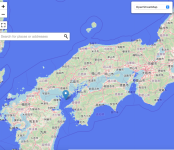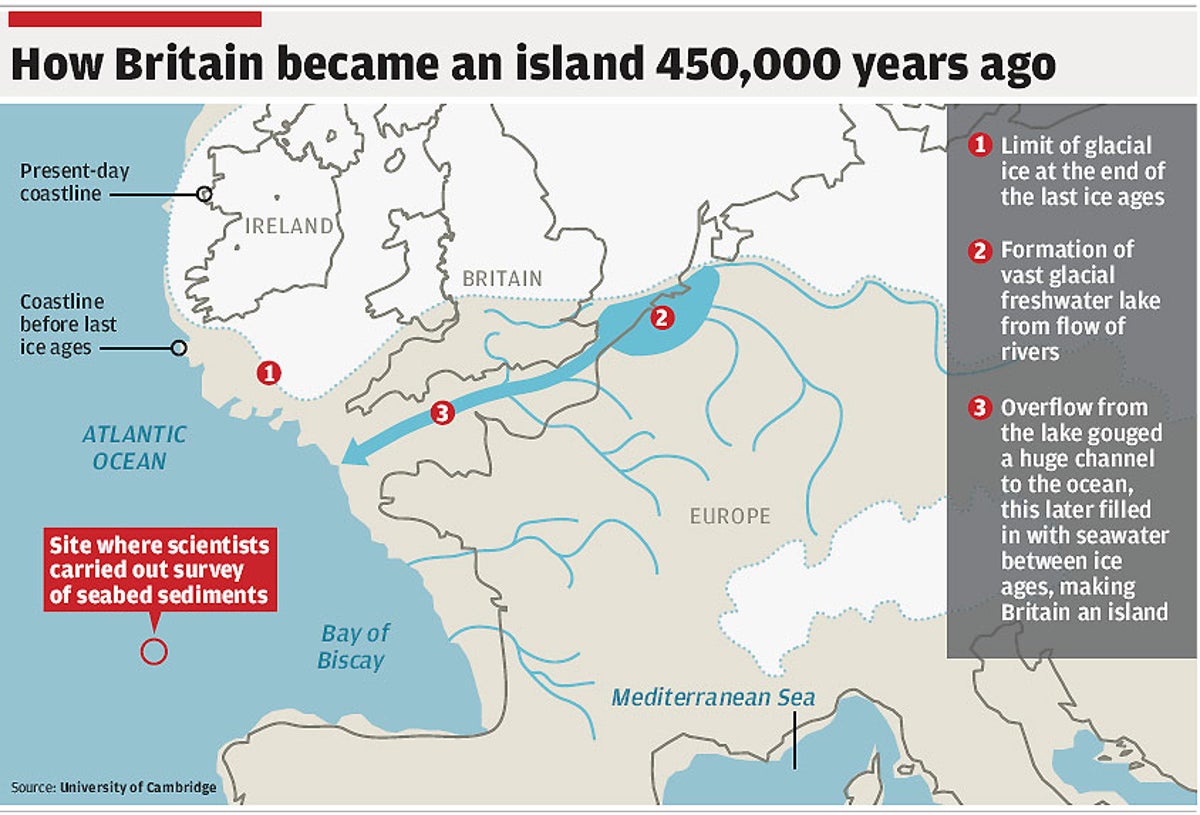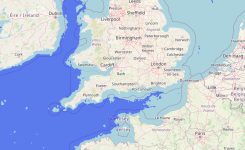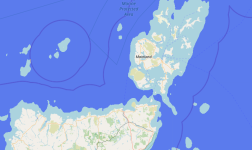fluttersky
Well-known member
- Pronouns
- they/any
Inspired by the novel Flood by Stephen Baxter, but in the other direction...
Let us imagine that over a ten year period between the year 1900 and 1910 or so, the global sea level gradually drops by around 50 metres and then stabilizes at the new level. The drop starting off slowly, then speeding up, then finally slowing down again. One can explain it by an underground ocean of porous rock opening up- certainly scientists of the time won't have any better explanation– and it avoids the standard ASB scenario problem of "obvious act of God"
Geographically the most interesting/major implications of this are: Great Britain and Ireland becoming connected to mainland Europe (with the southern third of the North Sea becoming land), Australia and Papua New Guinea similarly becoming connected, Sumatra/Java/Borneo now being the end of the mainland Southeast Asian peninsula, several Caribbean islands growing such as the Bahamas becoming one island larger than Cuba, Sakhalin becoming a peninsula of mainland Russia with Hokkaido very nearly joining up with this too; and the Bering Strait closing thereby giving North America a land connection with Asia.
The interesting thing about this happening in the 1900–1910 era is that it would massively change the nature of WW1 if it even happens. I think the greater interconnectedness of the world's landmass may mean national attitudes shifting– the UK isn't an island any more and would be forced to lose the island mentality whilst building a railway from London to New York via Russia suddenly becomes viable– difficult terrain in Chukotka/Alaska for sure but it still seems likely that somebody would try it.
On the other hand there's certainly a possibility of war erupting over the demarcation of borders in the newly dry lands– what with the UK, France, Belgium, Netherlands, Germany, and Denmark all likely wanting the best they can get in Doggerland for example.
Let us imagine that over a ten year period between the year 1900 and 1910 or so, the global sea level gradually drops by around 50 metres and then stabilizes at the new level. The drop starting off slowly, then speeding up, then finally slowing down again. One can explain it by an underground ocean of porous rock opening up- certainly scientists of the time won't have any better explanation– and it avoids the standard ASB scenario problem of "obvious act of God"
Geographically the most interesting/major implications of this are: Great Britain and Ireland becoming connected to mainland Europe (with the southern third of the North Sea becoming land), Australia and Papua New Guinea similarly becoming connected, Sumatra/Java/Borneo now being the end of the mainland Southeast Asian peninsula, several Caribbean islands growing such as the Bahamas becoming one island larger than Cuba, Sakhalin becoming a peninsula of mainland Russia with Hokkaido very nearly joining up with this too; and the Bering Strait closing thereby giving North America a land connection with Asia.
The interesting thing about this happening in the 1900–1910 era is that it would massively change the nature of WW1 if it even happens. I think the greater interconnectedness of the world's landmass may mean national attitudes shifting– the UK isn't an island any more and would be forced to lose the island mentality whilst building a railway from London to New York via Russia suddenly becomes viable– difficult terrain in Chukotka/Alaska for sure but it still seems likely that somebody would try it.
On the other hand there's certainly a possibility of war erupting over the demarcation of borders in the newly dry lands– what with the UK, France, Belgium, Netherlands, Germany, and Denmark all likely wanting the best they can get in Doggerland for example.








